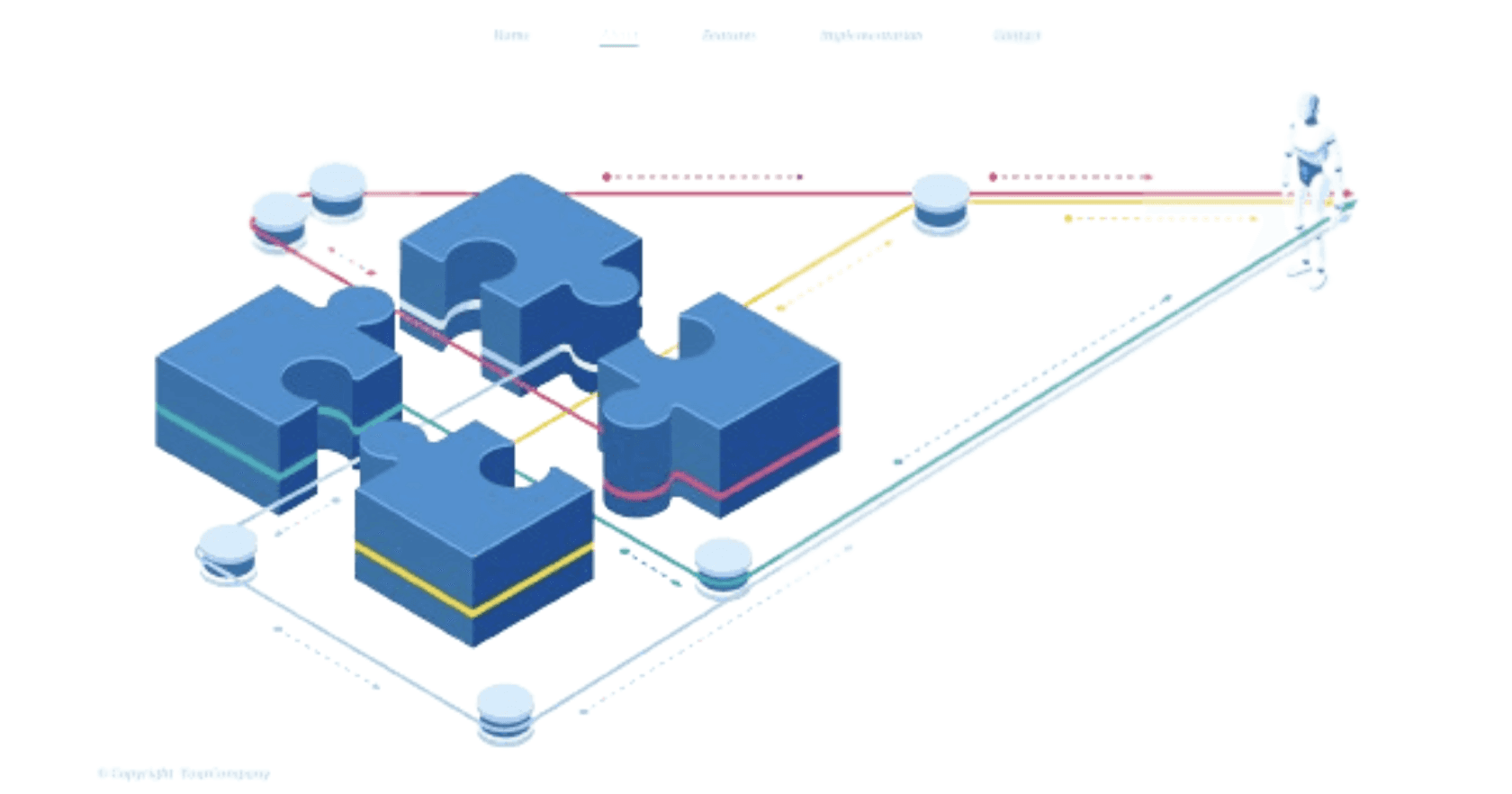Assume you're closing deals rapidly—you should be able to meet your monthly quota. But what about the following month? Consistency is essential in sales. You won't be able to predict your sales for tomorrow, let alone next month or quarter, if you don't have a framework for successful sales.
What is Sales Cycle, and why is it important?
A sales cycle is the repeatable and tactical process that salespeople use to convert leads into customers. It also assist you in replicating your success or determining how to improve.
including everything from the first contact with the prospect to the contract signing. The length of sales cycles varies depending on the industry, business, and product, but the sales process generally follows a consistent pattern and aligns with several clearly defined sales cycle stages. In addition to defining each stage, it's critical to keep track of how much time each customer spends in each stage, as well as the overall length of the sales cycle. The timing of these events can reveal how efficient your revenue operations processes are and provide you with a benchmark against which you can compare yourself.
Businesses with a formal sales cycle process can grow their revenue by 18% more. For your salespeople team to succeed, you need clearly defined sales cycle stages and goals.
Assume you discover that your sales cycle is twice as long as that of your competitors (that is, it takes you twice as long to make a sale). To figure out why, examine each step of the sales process, from lead generation to objection handling. You may then review stage-by-stage conversion rates to see at which points leads are dropping off. If it appears that leads are leaving after you give a sales presentation, for example, it's time to hone your presentation skills or revise your message.
B2B v/s B2C Sales Cycle
You'll need to stay on top of your sales cycle whether you're selling to businesses or consumers—but each can look very different. B2C and B2B sales cycles necessitate varying amounts of time, product knowledge, and communication. Here are a few key distinctions between the two:
Duration of the decision-making process: When selling to individuals, the time between when it occurs to them to buy something and when they purchase your product can be quite short. Of course, this isn't always the case (especially if you're selling something expensive, like a car), but in many cases, buyers will pick your product off the shelf, walk out with it, and forget about it. That is not the case when selling to businesses. Before making a sale, the sales cycle may include several months of meetings, pitches, presentations, emailing back and forth, and persuading all stakeholders.
Number of stakeholders: When selling to a single consumer, you only need to persuade one person to buy your product or service. When selling to businesses, that number can quickly grow. For example, if you are selling software, you may need to persuade the CFO, the CEO, or any number of people on the finance or marketing team.
Available leads: B2C sales have far more potential leads than B2B sales because there are far more people than companies. Because there are fewer leads to choose from in a B2B context, learning about your audience—the specific types of businesses your product or service is meant to help—is even more important. You must emphasize how your product or service benefits each business, rather than just a hypothetical customer persona. To adequately answer all of the questions you pose, you may need to have in-depth knowledge of what you're selling.
Make sure to account for these differences in your sales cycle and budget for much longer lead times in B2B situations, or you may run out of cash.
Stages of Sales Cycle
There are typically 6 stages of a sales cycle, but remember that not every sale or customer interaction will follow the same path.
1. Prospecting
It is also known as finding potential new customers, is the first stage of the sales cycle. During this stage, members of your sales and marketing teams will need to delve into the unique value proposition of the product or service you're selling and identify potential audiences who can benefit from your offerings. This stage may also include the results of lead generation. For example, perhaps you've received inquiries about your product or service via your website. These inquiries should be treated as leads.
2. Qualifying leads
After you've identified your prospects, the next step is to contact them. The communication channel you select will be determined by the nature of your business or prospect. In this stage, you are not giving your full sales pitch but rather making contact with potential clients in the hopes of setting up a more formal meeting.
3. Pitching/Demo
This is the most important stage of the sales cycle and requires the most planning. You should strive to present your goods or services in such a way that they solve a problem for the customer. Prepare to show how using your product will improve your customer's day-to-day operations and how your company does this better than anyone else.
Remember that you're also selling yourself during this presentation, so things like body language, mannerisms, and even your appearance can impact a sale.
4. Negotiation
At this point in the sales cycle, your job is to manage and overcome any objections. Even the most enthusiastic prospects will have reservations or objections—the price is too high, the contract is too narrow, or the terms are unsuitable. Don't be afraid to ask for clarification on their objections. Is their hesitation due to a previous issue or interaction? Are they still carrying reservations from a failed business deal? Listen to what the client has to say patiently and let them know you understand their concerns. Reframe your pitch to address and overcome those concerns.
Consider reframing the information in a shorter breakdowns if the price is causing concern. For example, if your software service costs around $200 per month, you can reposition it as "just over $6 per day." That's less than the price of a fancy nonfat extra-shot vanilla latte.
5. Closing Stage
It's now time to close the deal. The closing stage of the sales cycle is when you either win or lose the sale. Remember that just because the prospect isn't ready to sign the deal after the first meeting doesn't mean it can't be done. A "yes" may require several meetings, email exchanges, or other contacts.
Once the sale is complete, ask the customer if they have any contacts who might be interested in your product. It's also an excellent time to outline and reinforce the customer journey to position yourself for successful contract renewals and expansion opportunities in the future.
6. Nurture Stage
Even after the deal is closed, it is critical to invest time in your new customer. You will not only strengthen customer loyalty, but you will also increase the likelihood of an upsell or referral. Here are some ideas for nurturing the new relationship:
To ensure a smooth handoff, ensure a smooth onboarding process between account managers and new customers.
Speak with marketing to determine what content your new customers might find useful as they use the product or service, and send valuable resources such as how-to guides and demos.
Every one to three months, contact your customer and ask how you can assist them.
Optimize your sales cycle
Reduce work with little added valueA typical salesperson spends only 36% of their time selling, and the rest is on administrative tasks. Your employees can easily outsource their service tasks and focus on sales to improve your sales cycle.
Carry out follow-ups carefullyUnfortunately, lead generation can be time-consuming. And as previously stated, most sales require follow-ups before a deal is closed. That is why your salespeople must develop the habit of perseverance in their activities.
Ask for small commitments
A foot-in-the-door technique can help you establish a stronger connection with your prospects. With this strategy, you ask for one small favor after another until they agree to close the deal.
Begin by asking for the clients' phone numbers when you contact them via email. After going through a product demonstration, request that the product be introduced to their purchasing team.
Use Social Proof
Case studies are ideal for providing social proof. Your employees should actively share them with their leads to move the sale forward. Case studies can also be used to counter your leads' objections.
For example, they may be concerned that your product will require extensive familiarization. Use case studies from other customers to demonstrate how quickly the tool can be implemented.
Train Your TeamCreate all the sales documents necessary to guide your team through the sales cycle process. Keep an eye on each team member's metrics. Certain employees may experience difficulties at various stages of the sales cycle. If this is the case, provide them with additional resources and support from high-performing salespeople.
Supplement a Sales Cycle with a Service CycleTo meet the growing importance of service and customer care, more and more businesses are beginning to incorporate a service cycle into their sales cycle. The cycles must be coordinated or synchronized in this case.





